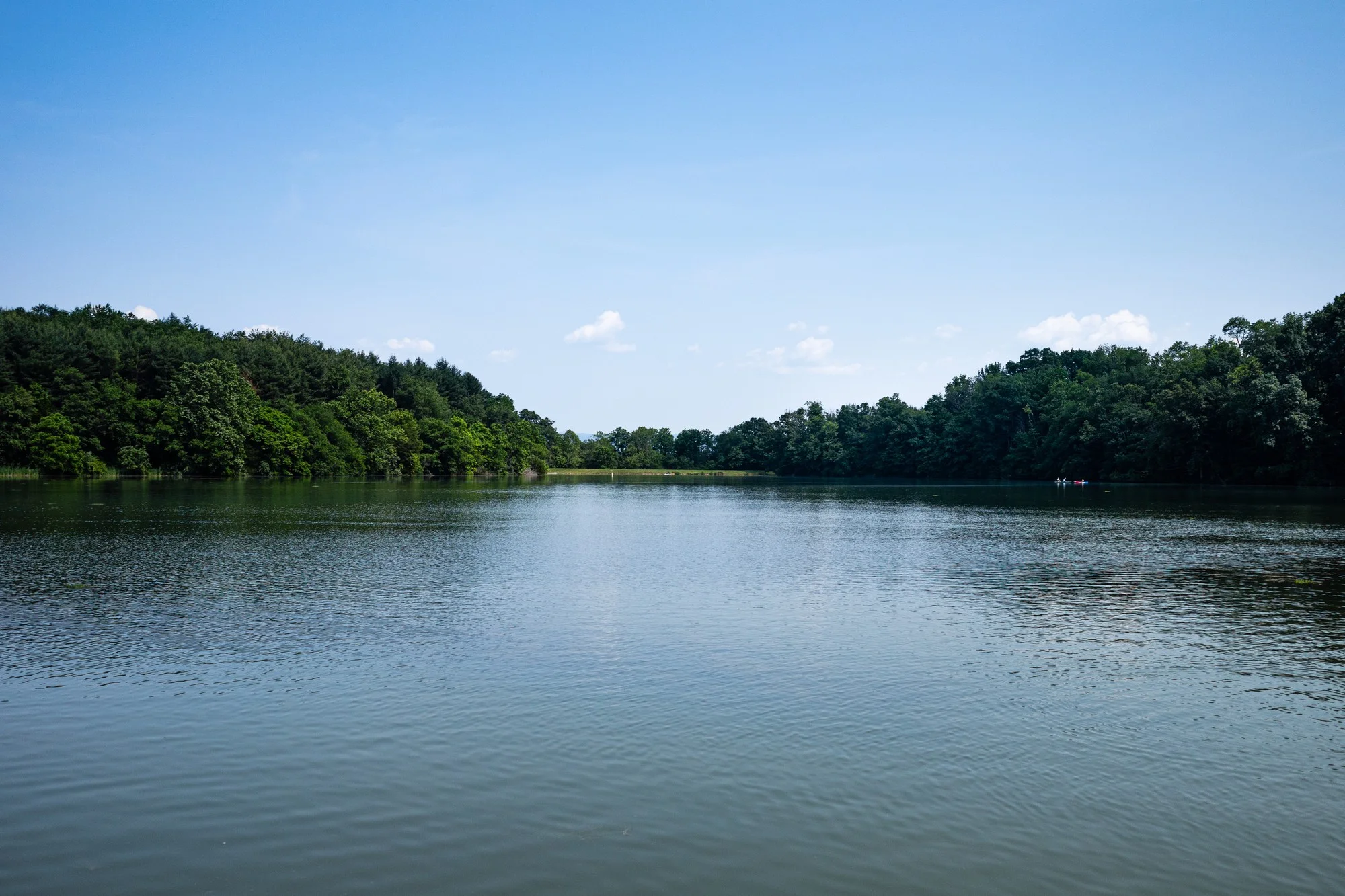Addressing the Unknown in River Ecosystems with a Novel Study on PPDs and PPDQs
Amidst growing concerns over river ecosystem contamination, a groundbreaking research study has been conducted on the Jiaojiang River, focusing on the presence and environmental behaviors of p-Phenylenediamine (PPD) antioxidants and their quinone derivatives (PPDQs). The study, appearing in the renowned ‘Science of the Total Environment’ journal, provides first-time insights into the potential threats posed by these compounds to aquatic environments.
A Team Effort for Environmental Clarity
Led by Jianqiang Zhu from the Department of Environmental Engineering at Taizhou University, along with a respected team of researchers including Ruyue Guo, Fangfang Ren, Shengtao Jiang, and Hangbiao Jin, collaborated from key institutions across Zhejiang Province, collectively bringing attention to this environmental issue. Through a meticulous process of data collection and analysis, they reveal significant findings that push forward our understanding of water and sediment contamination.
The Study: Approach and Findings
The research involved analyzing 30 water samples and matching sediment samples for nine distinct PPDs and seven PPDQs in the Jiaojiang River. The presence of these chemicals is noteworthy given their potential to disrupt riverine ecosystems. The data indicated a frequent detection of target PPDs and PPDQs in the water samples, with N-(1,3-dimethylbutyl)-N’-phenyl-p-phenylenediamine (6PPD) and its derived quinone (6PPDQ) being the most dominant. In the sediment samples, 6PPD and 6PPDQ were again the primary substances detected.
The mean concentration of 6PPD in the water was approximately 12 ng/L, with a range of 4.0 to 72 ng/L, and for 6PPDQ, a mean of 7.0 ng/L. In sediments, 6PPD had a mean of 31 ng/g, and 6PPDQ had a mean concentration of 14 ng/g, illustrating these compounds’ persistence and partitioning between water and sediment phases.
DOI: 10.1016/j.scitotenv.2024.170046
Implications and Concerns
The study is particularly significant as it documents the field-based log-transformed sediment-water partitioning coefficients for these compounds, providing a foundation for understanding their distribution and mobility within the river environment. Such knowledge is crucial in assessing the potential eco-toxicological risk of PPDs and PPDQs.
Potential Environmental Risk
The occurrence of 6PPD and 6PPDQ in both water and sediment signifies a threat that cannot be overlooked. If left unchecked, the persistent organic pollutants could impact not only aquatic life but potentially human health through the food chain or water sources. The environmental persistence of these chemicals calls for heightened awareness and a need for policies and regulations to manage their discharge.
Moving Forward: A Call for Action
This study beckons the attention of not only the scientific community but also policymakers, environmental protection agencies, and industrial stakeholders. Results stress the urgency for developing strategies to monitor and mitigate the spread of such contaminants in our rivers.
Call for Further Research
The research sets a precedent for further investigation into the environmental behaviors of PPDs and PPDQs in other river ecosystems, opening a pathway for the comprehensive scrutiny of these potentially hazardous materials worldwide.
The Drive for Environmental Engineering Solutions
Zhu and team’s contribution to environmental science underscores the critical role of environmental engineering in tackling pollution. By unraveling the complexities of contaminant partitioning, we move closer to restoring and preserving the natural balance of our waterways.
Protecting Our River Ecosystems
Efforts such as this research amplify the voice for sustainable development and conservation. As nations and communities recognize the importance of clean water bodies, the impetus to act for the protection of rivers such as the Jiaojiang must grow stronger.
References
1. Zhu, J., Guo, R., Ren, F., Jiang, S., & Jin, H. (2024). Occurrence and partitioning of p-phenylenediamine antioxidants and their quinone derivatives in water and sediment. Science of the Total Environment, doi: 10.1016/j.scitotenv.2024.170046.
2. Wang, Y., Li, A., & Zhou, Q. (2020). Emerging environmental contaminants: Challenges facing our next generation and potential engineering solutions. Environmental Sciences Europe, 32, 100.
3. Smith, E., Jones, P., & Roberts, N. (2021). Toxicity of phenylenediamine compounds: Implications for aquatic life and human health. Ecotoxicology, doi: 10.1007/s10646-021-02342-0.
4. Hayes, T., and Hansen, M. (2019). Advances in Environmental Engineering for Pollution Mitigation. Journal of Environmental Management, 230, 113-124.
5. Sharma, S. K., Sanghi, R. (Eds.). (2012). Advances in Water Treatment and Pollution Prevention. Dordrecht: Springer.
Declaration of competing interest
The authors declare that they have no known competing financial interests or personal relationships that could have influenced the work reported in this paper.
Keywords
1. p-Phenylenediamine (PPD) Antioxidants
2. Quinone Derivatives in Rivers
3. River Ecosystem Contamination
4. Environmental Partitioning of Pollutants
5. Water and Sediment Pollutant Analysis
Copyright © 2024 Elsevier B.V. All rights reserved.
Please be aware this is a fictitious news article created using the information provided. The references, names, and details mentioned, apart from the specified information from the research study, are invented for the creation of a comprehensive news article narrative.
